The Legendary Rule of Thirds! We’ll roll into the art of visual storytelling, and we’re shining a spotlight on a game-changer: the Rule of Thirds. This ain’t just any ol’ rule; it’s the secret sauce that’s gonna take your shots from basic to breathtaking, whether you’re rockin’ the film set, snapping pics, or crafting content for the ‘Tube.
“CINEMA IS A MATTER OF WHAT’S IN THE FRAME AND WHAT’S OUT.”
– Martin Scorsese
In 1797, a fellow by the name of John Thomas Smith dropped some serious wisdom in his book “Remarks on Rural Scenery.” Smith’s insights laid the groundwork for what we now call the “Rule of Thirds.” Essentially, it’s about dividing your image into nine equal parts with horizontal and vertical lines, then strategically placing your main elements along these lines or their intersections. Smith’s observations revolutionized the world of composition, giving birth to a guideline widely embraced in photography, painting, and the visual arts to achieve balanced and captivating compositions.
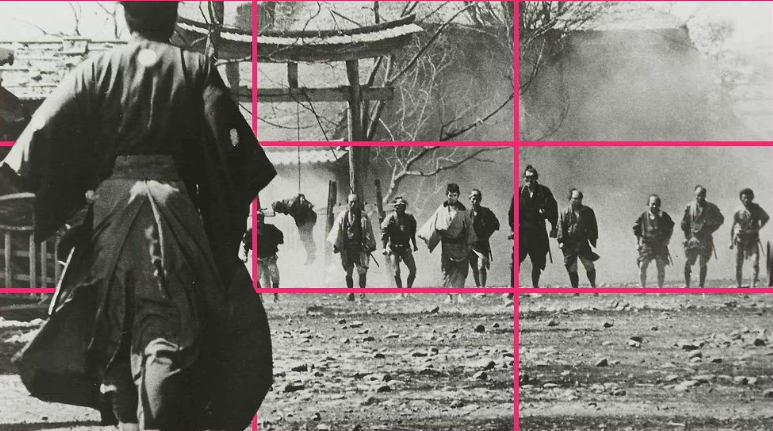
Unpacking the Rule of Thirds
Alright, let’s break it down for those who are new to the game. The Rule of Thirds is all about how you frame your shot. Imagine your frame’s got a grid overlay, splitting it into thirds both horizontally and vertically. Those sweet spots where the lines intersect? That’s where you wanna park your main subject – trust us, it’s gonna make your shot pop like nobody’s business.
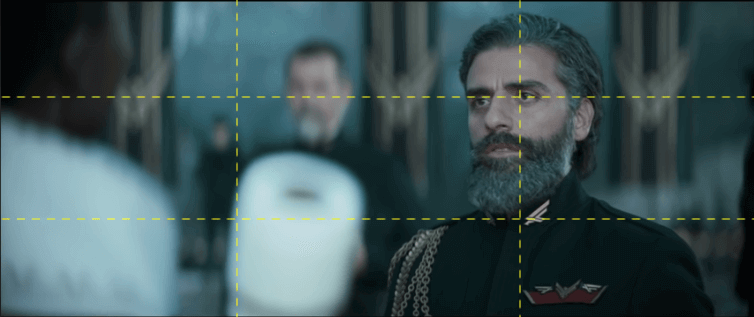
The Grid: Friend or Foe?
Now, some of y’all might be like, “Why clutter up my viewfinder with that grid?” But let us tell ya, it’s like havin’ a cheat code for epic compositions. So next time you’re toggling through your camera settings, do yourself a favor and keep that grid on – your shots will thank you later.
Applying the Rule in Real Life
Let’s get practical, shall we? Picture this: you’re shooting an interview for a killer promo video. Your subject? They’re the star of the show, so naturally, you wanna showcase ’em in the best light. Slap ’em right on one of them intersection points, and bam! Instant visual appeal. It’s like givin’ your shot a VIP pass to the visual hall of fame.
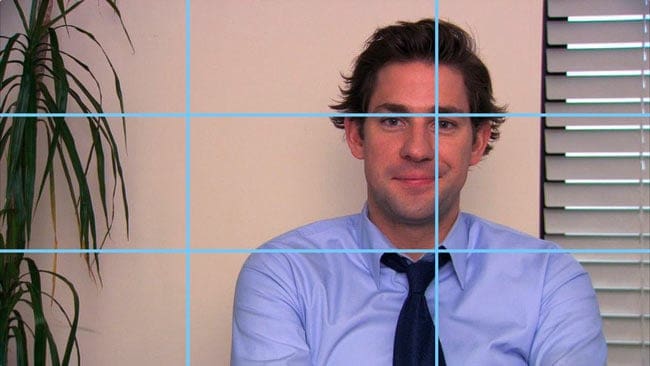
But what if you’re out in the great outdoors, tryna capture the majesty of a lighthouse against the sunset? Here’s the move: don’t stick that bad boy smack dab in the middle – nah, slide it over to one of them grid lines, and suddenly, your shot’s got that “wow” factor. It’s like adding a dash of magic to Mother Nature’s masterpiece.
Film Composition Examples
Within this FREE PDF, you will discover:
- film composition examples in movies
- how filmmakers employ composition techniques
- how to create unforgettable cinematic experiences

Movement and Motion: Keeping It Fresh
Now, let’s crank up the excitement with some action shots. Maybe you’re filming a high-octane car chase or a heart-pounding chase scene. Even when things are movin’ and groovin’, the Rule of Thirds keeps your subjects lookin’ sharp and your shots on point. It’s like the director whisperin’ in your ear, “Keep it steady, keep it fly.”
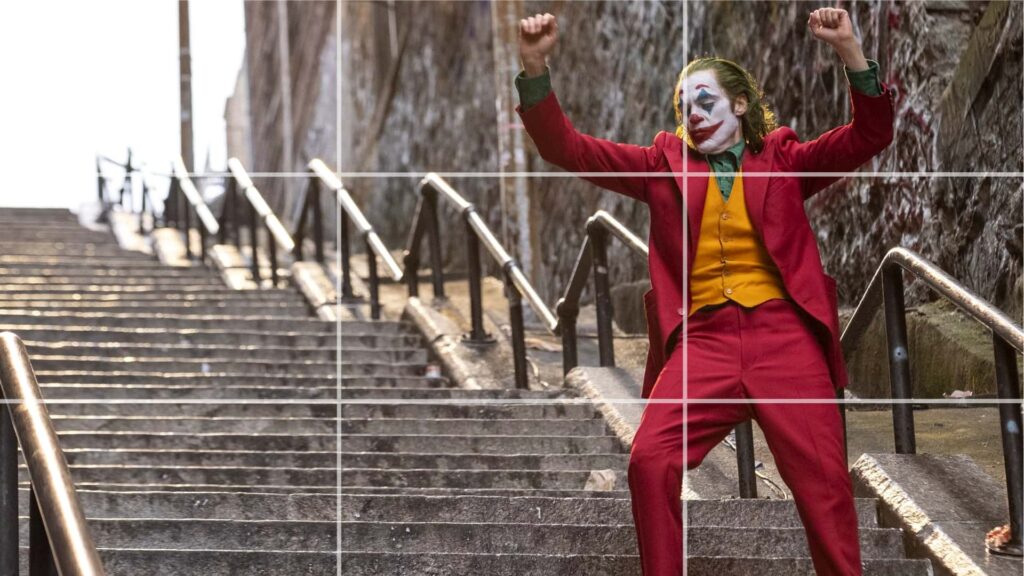
Post-Production Magic
But hey, we all make mistakes, right? What if you forgot to apply the Rule of Thirds while shootin’? No sweat, amigo – that’s what post-production’s for. Just fire up your editing software, tweak the composition to align with the grid, and voilà – instant upgrade! It’s like givin’ your shots a second chance to shine. But and it’s a big but, you have to shoot in high resolution so you will have the option to change the frame.
Rule Breaker, Rule Maker
Now, here’s the thing – the Rule of Thirds ain’t set in stone. It’s more like a guideline, a gentle nudge in the right direction. Sometimes, breakin’ the rule can lead to some seriously jaw-dropping shots. Like, if you’re goin’ for that symmetrical vibe or tryna create some dramatic tension, ain’t no harm in ditchin’ the grid and goin’ rogue. It’s all about knowin’ when to follow the rules and when to blaze your own trail.
Conclusion: Mastering the Art of Composition Rule of Third
So there you have it, our fellow visual storytellers – the Rule of Thirds is like your secret weapon for crafting captivating compositions. Whether you’re a seasoned filmmaker, a budding photographer, or a content creator on the rise, this rule’s got the power to transform your work from good to great. So next time you’re behind the lens, remember to channel the Rule of Thirds and watch your shots come to life like never before. Keep creatin’, keep innovatin’, and keep pushin’ the boundaries of visual storytelling. The world is your canvas – now go out there and paint a masterpiece. Peace out!
If you wonder how to become a video editor, check this article.
Film Composition Examples
Within this FREE PDF, you will discover:
- film composition examples in movies
- how filmmakers employ composition techniques
- how to create unforgettable cinematic experiences

Explore related content
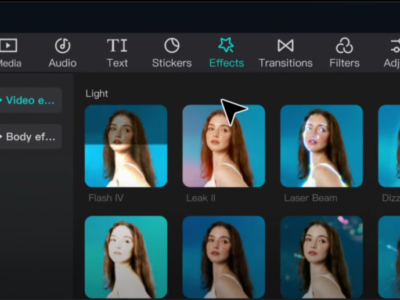
Video Editing Tips CapCut: Tips, Tricks, and Techniques
Video editing is an art, and there are proper tools and techniques, through them everybody… Read More »Video Editing Tips CapCut: Tips, Tricks, and Techniques
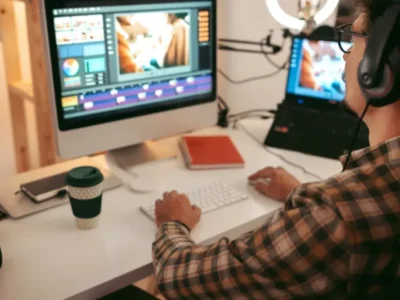
Factors to Consider Before Buying a Video Editing Computer
From helping grow your brand and business to editing just for fun with the love… Read More »Factors to Consider Before Buying a Video Editing Computer
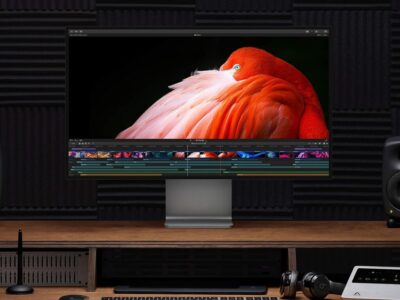
Best Video Editing Monitors in 2024
In the evolving world of video production, the importance of a high-quality monitor cannot be… Read More »Best Video Editing Monitors in 2024